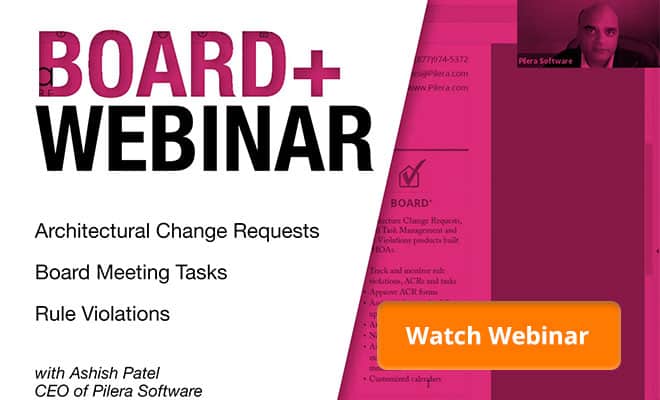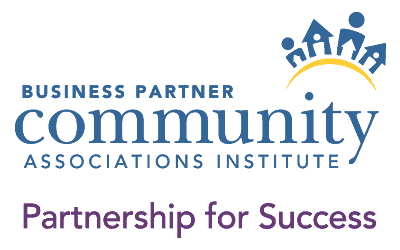4 Ways to Better Align HOA Manager and Board Member Goals
The success of an HOA community relies on elected board members and their appointed management company to work together in carrying out decisions that are in the best interest of residents – from facilitating their use of community resources to maintaining or increasing their property values. Oftentimes, in performing these duties, community managers and board members find themselves conflicted on matters concerning community operations. Disagreements may occur on the allocation of costs, vendor preferences, or any tasks to be completed. These conflicts can lead to tussles and distrust between the board and management, and ultimately, a decline in resident satisfaction. However, ensuring a strong line of communication at each stage can help board members and management make huge strides in building trust and achieving shared goals.
1) Create clear operating policies
When a management company onboards a new community, the first matter of business should be to draft an operations policy. The operations policy should support how managers and the board will handle rules set in the governing documents. The operations policy should state how important responsibilities such as owner correspondence, vendor bid solicitation, maintenance inspections, violations, board meetings, and other important projects will be handled. Here are other important considerations to include in the operations policy:
- Start out by listing the goals that the community wants to achieve.
- Instructions for each type of task or project to achieve the above goals.
- State whether a particular task falls under a board member’s responsibility or the community manager’s. Be sure to include the title (treasurer, community management, company executive, etc).
- Set the board member or community manager’s expectations and proper behavior for different types of tasks.
- Determine measures of success for each operational task and how that information will be collected and reported.
- Standard timeline for different operating activities.
2) Communicate, communicate, communicate!
The best way for the assigned community manager and the board member to stay on the same page is to communicate. Board members should communicate any shared decisions they make so that the community manager can have ample time to act upon it. Community managers, in turn, should always keep their board members informed of the status or any delays they encounter. Board members and managers should communicate via electronic means, whether it be a community management system or email. Any other action items or decisions made should be documented appropriately and distributed to the relevant parties.
3) Conduct focused management-board meetings
A common complaint about management-board meetings is that it is often lengthy and conducted without properly defined goals. Prior to any meeting, management should delegate one staff member to work with a board member to develop and distribute an agenda. Managers and board members should stick to this agenda to facilitate a productive, streamlined meeting. In the agenda, it’s important to include a brief overview of the last meeting minutes, projects/tasks worked on, achievements, challenges, and other items needed to be discussed. Prior to the meeting, managers should compile a list of the projects they are working on to improve community enjoyment for the residents. They should also compile a list of operational tasks such as work orders, support questions, tasks, violations, and architecture change requests that have been created, closed, and are still open.
4) Use a modern tracking system
Board members and community managers need a way to digitize all the information they are working with on a daily basis as well as a way to store their back and forth communication. A modern tracking system that allows for efficient record-keeping and robust communication between managers, board members, and residents can help streamline community operations. Here are some ways in which a tracking system such as Pilera can help align management and board member goals:
- Store documents such as meeting minutes in a document management system.
- Create a variety of tickets such as work orders, activity logs, tasks, violations, and architecture change requests from any device or location.
- Display the workload of staff members so that managers can assign tickets appropriately.
- Managers and board members can collaborate on tasks and architecture change requests and notify one another of the progress.
- Generate reports to display during community board meetings or management-board meetings.
- Notify residents of work orders completed or ACR’s approved.
Together, clearly defined policies, constant communication, focused meetings, and a way to digitize and track critical information can help HOA community managers and board members ensure that their goals are aligned and on-track. Frequent communication can help significantly build trust and reduce friction between board members and management so they can improve the quality of living in the community.
About Pilera
Pilera Software is the premier community and property management suite that has helped thousands of community managers and back-office personnel enhance communications, improve customer service, and manage compliance and operations. May we help your community achieve these success stories? Book a demo to see how Pilera’s community management suite can help your company.












